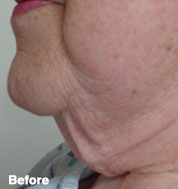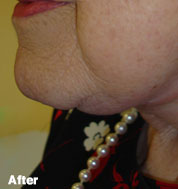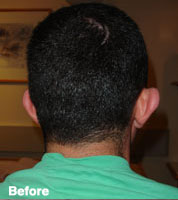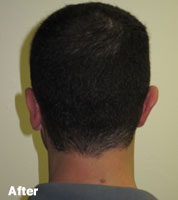Request Call Back
For more information please feel free to contact Mr Ramakrishnan's office:
Tel: 01245 463439
Fax: 01245 461569
Email: plasticsurgery@ramakrishnan.co.uk
or fill in the form on the right to arrange a call back.
Enquire Now
For more information please feel free to contact Mr Ramakrishnan's office:
Tel: 01245 463439
Fax: 01245 461569
Email: plasticsurgery@ramakrishnan.co.uk
or fill in the form on the right













